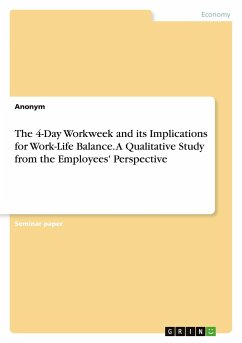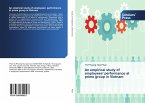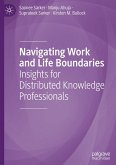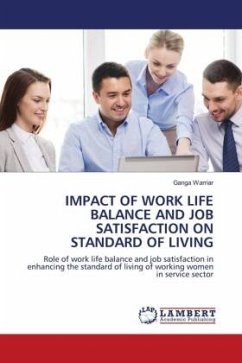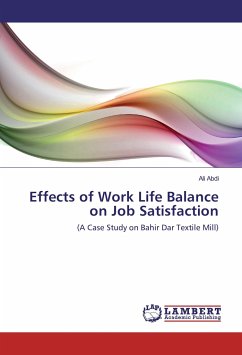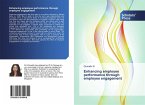Seminar paper from the year 2023 in the subject Leadership and Human Resources - Employer Branding, grade: 1,0, University of Applied Sciences Essen (Management & Digitalisierung), course: Wissenschaftliche Methoden - Qualitativ, language: English, abstract: The objective of this seminar paper is to comprehensively present alternative working time models and the significance of work-life balance. Particular emphasis will be placed on the 4-day workweek, which will be examined in detail. To address the research question "How do employees experience the 4-day workweek?", a qualitative investigation will be conducted through an interview. The essential content of the interview will be extracted and abstracted. In recent years, headlines like these have gained increasing attention. Many employees express a desire to transition from a traditional Monday-to-Friday workweek to a four-day workweek. The modern working world is characterized by constant changes, ranging from electronic information transmission to video conferences in internationally operating companies. The adoption of rapidly evolving technologies has significantly impacted the working conditions of employees. These developments have a considerable influence on how work-time policies can be shaped in the present and future. The increasing flexibility demanded by restructuring and redesigning processes is further amplified by demographic changes and a decline in the working-age population. Moreover, due to the COVID-19 pandemic, work arrangements such as home office or digital communication have come into focus in the realm of work design.
Hinweis: Dieser Artikel kann nur an eine deutsche Lieferadresse ausgeliefert werden.
Hinweis: Dieser Artikel kann nur an eine deutsche Lieferadresse ausgeliefert werden.

